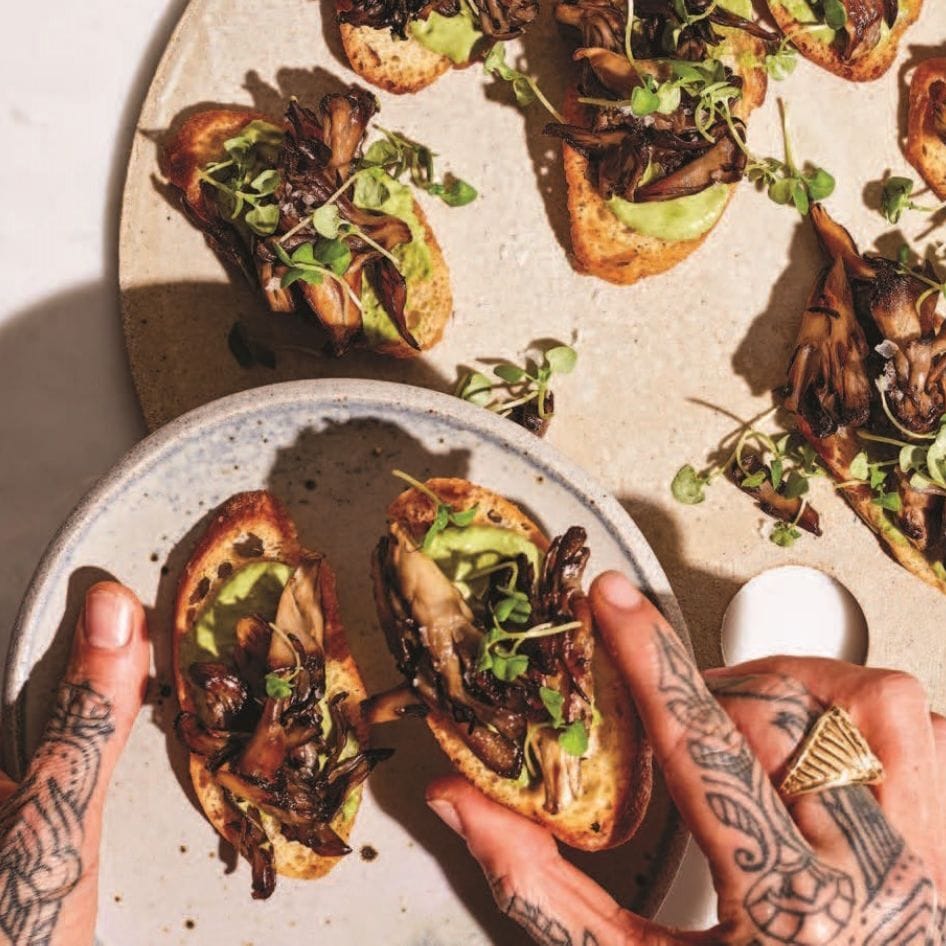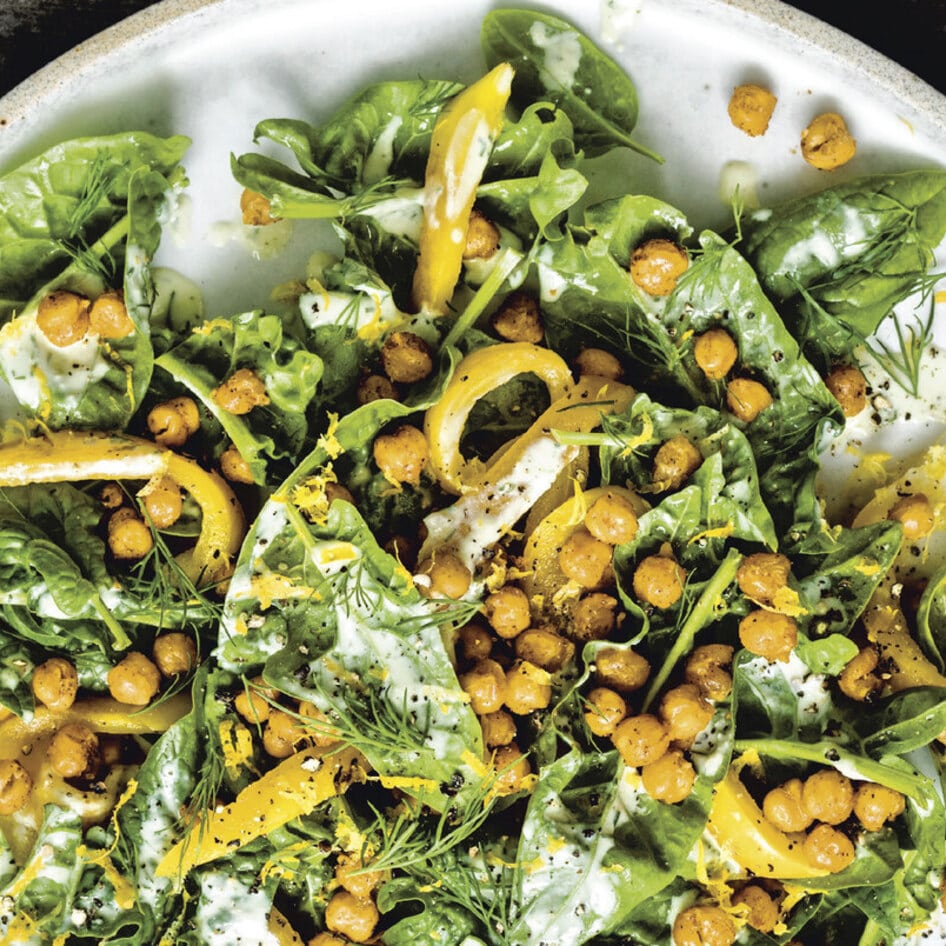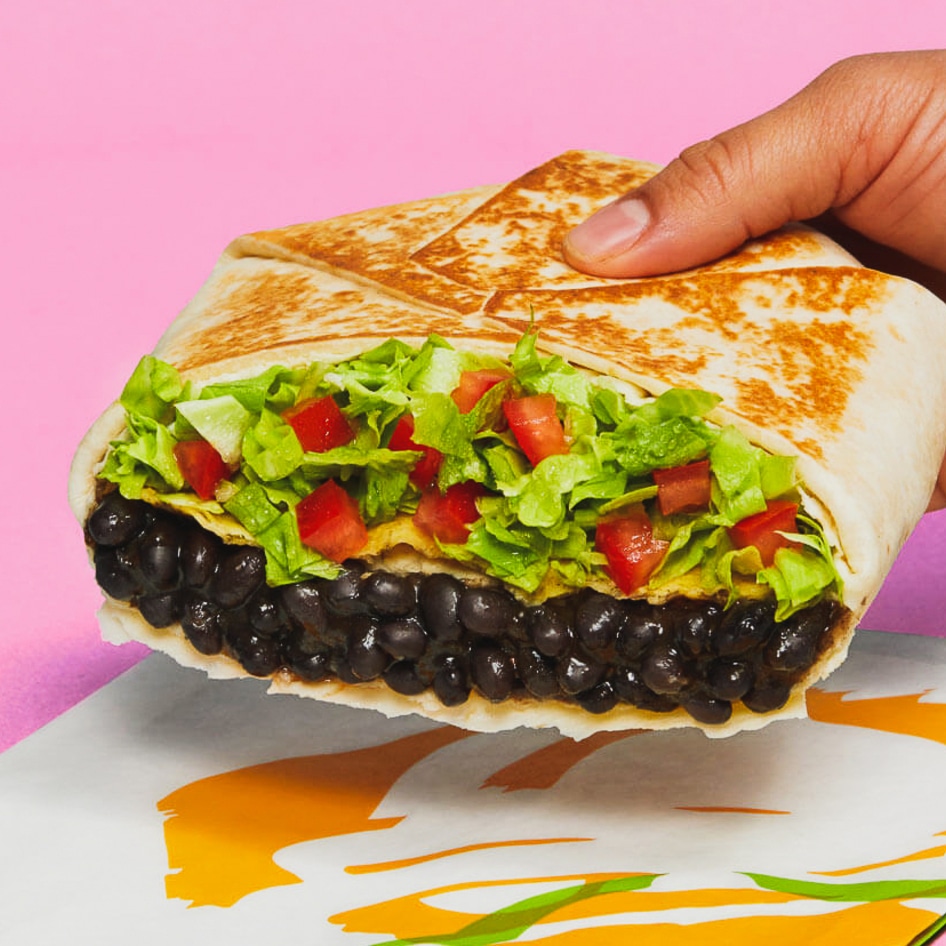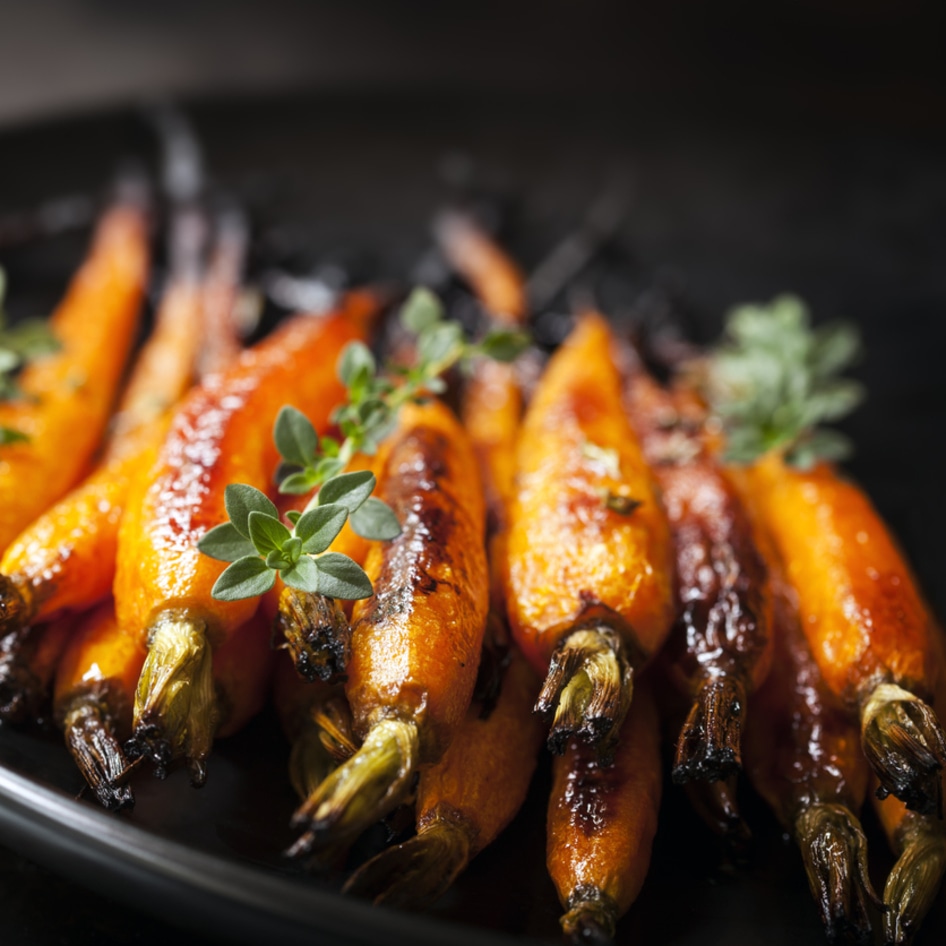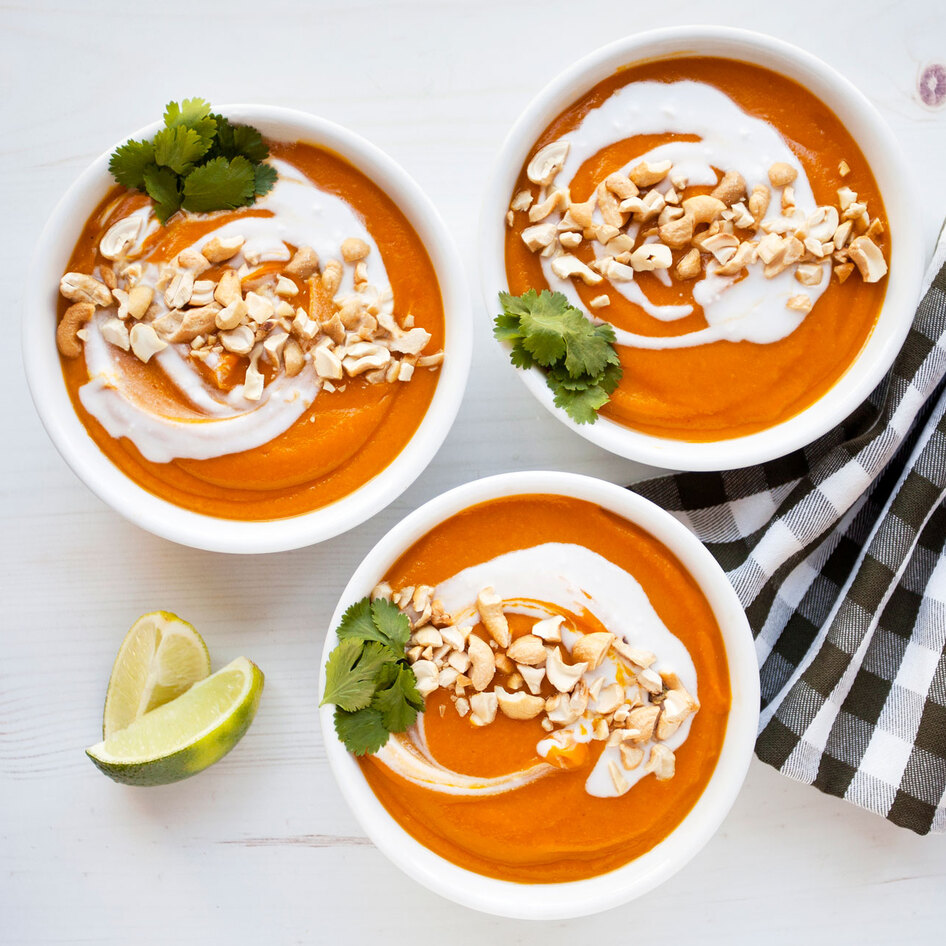You don’t need Abuela’s secret recipe or a Postmate delivery to enjoy quality Mexican cuisine at home. It only takes a little know-how to add that extra kick and depth of flavor to your homemade enchiladas, tortas, and quesadillas. Below are some simple tricks and fun tweaks to traditional Mexican dishes that I use at home and in my professional kitchen at Palmaïa – The House of AïA. From jazzed-up guac to a secret ingredient in baking, follow these tips to make a resort-quality version of any plant-based Mexican dish at home.
1. Ditch canned jalapeños
Head to your local farmers’ market to pick fresh jalapeños and pickle them at home. Not only will they taste better than the canned version, but they’ll also last longer. Making pickled jalapeños is easy and takes a total of 10 minutes. Simply bring vinegar, water, sugar, garlic, salt, and jalapeños to a boil (check out this recipe for a general ratio). Let it sit for eight minutes or more then put your concoction in a jar and store in the refrigerator for up to two months. When picking out your peppers, look for jalapeños that have just started to turn red as this means they are ripe. Use pickled jalapeños on nachos or tortas (a popular Mexican-style sandwich).
2. Swap butter for avocados on morning toast and in baking
With less calories, saturated fat, sodium, and cholesterol than butter and lard, avocados are a healthy alternative to top toast and use in baking. To substitute avocados for butter, remove the skin and pit from a ripe avocado and mash until smooth. For baking, use a one-to-one ratio. For example, replace one cup of butter for one cup of smooth mashed avocados. Try this in muffins, quick breads, and pancakes.
3. Jazz up basic guacamole
Give this Mexican staple a tweak by adding finely chopped ginger, raw cacao nibs, and sweet lime juice in lieu of regular lime juice. Finish the dish by topping it with pomegranate seeds. The combined flavor profile will be slightly sweet, nutty, and spicy, and the addition of the nibs and pomegranate seeds will give your guac some much-needed texture. And don’t discard your avocado pits! Pat them dry and carefully grate them to garnish guacamole or any salad for a unique and tasty topping.
4. Do more with your pico de gallo
Pico de gallo is one of the most used accompaniments for tacos, plant-based carne asada, and other Mexican foods. To bring out the best flavor and nutrients—such as the antioxidant-packed lycopene— from the tomatoes, stir in chopped fresh ginger and extra virgin olive oil. If you can find them at the farmer’s market, use ripe heirloom tomatoes for the freshest and most flavorful results.
5. Turn down the heat of habaneros
Habanero peppers are small (around an inch to two-inches long) and look like little corrugated bell peppers. They start off green but change to orange and red colors as they mature. Don’t let the pepper’s size fool you—these peppers pack a spicy punch and are ranked as one of the hottest peppers in the world! Locals grow them in their backyards and enjoy them raw or charred, served as a side for cochinita pibil tacos, and mixed into salsa ranchera for breakfast. When trying habaneros, you may love the flavor but not the intense heat. To enjoy the fresh habanero taste without the burn, soak and stir pepper slices in an ice bath for 15 minutes. This method will keep the heat-containing seeds in the water and mellow out the spice. Remove only the peppers (not the seeds) from the water, pat them dry, and add to your favorite dish. Pro tip: this works for any fresh chili pepper such as jalapeños or serranos.
6. Make esquites
Esquites are a delicious Mexican street food made from corn cooked in a broth and topped with mayonnaise, lemon, cheese, and chili powder. Easily make your own vegan mayonnaise with activated (soaked) almonds, water, lime juice, garlic, nutritional yeast, and oils. I always add hoja santa leaves and avocado tree leaves to the boiling water when cooking whole corn for this dish, as they add another flavor dimension to the esquites. To find hoja santa leaves, venture out to a Mexican market and look for massive, heart-shaped, fuzzy green leaves. Their taste profile can be compared to licorice, eucalyptus, or tarragon. Avocado leaves can be found at most grocery stores in the spice section and can be used dry or fresh. They are oblong in shape with a dark green color. Avocado leaves add a nutty hazelnut and strong anise flavor to dishes. Find the full recipe for esquites—including the vegan mayonnaise—here.
Chef Eugenio Villafaña is the Executive Chef at Palmaïa – The House of AïA and helped launch its inventive plant-based food program.
JUMP TO ... Latest News | Recipes | Guides | Health | Subscribe
Photo credit: Palmaïa – The House of AïA

